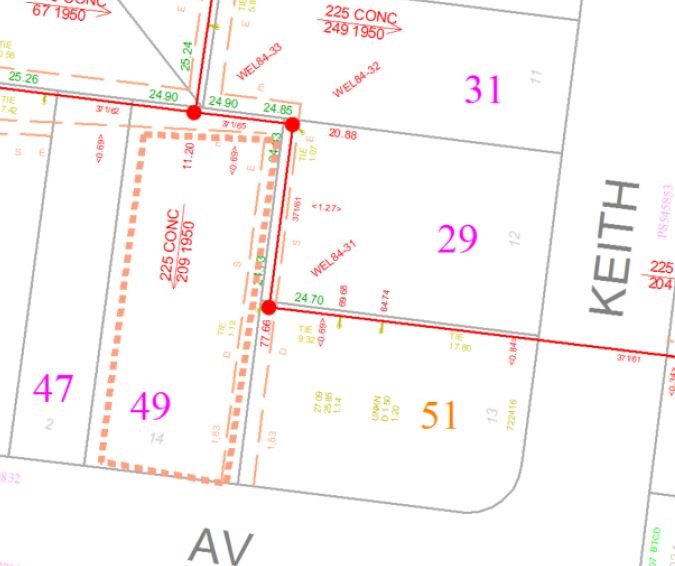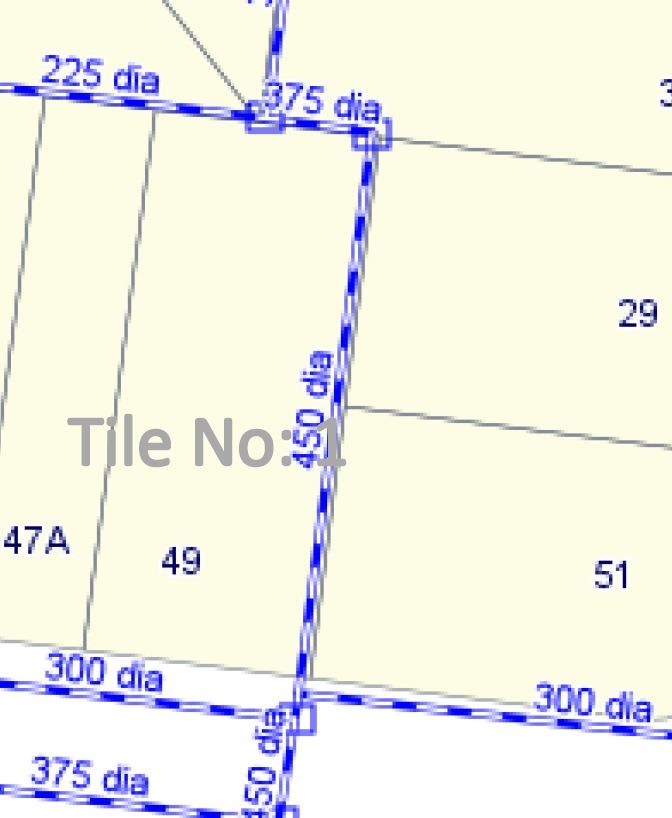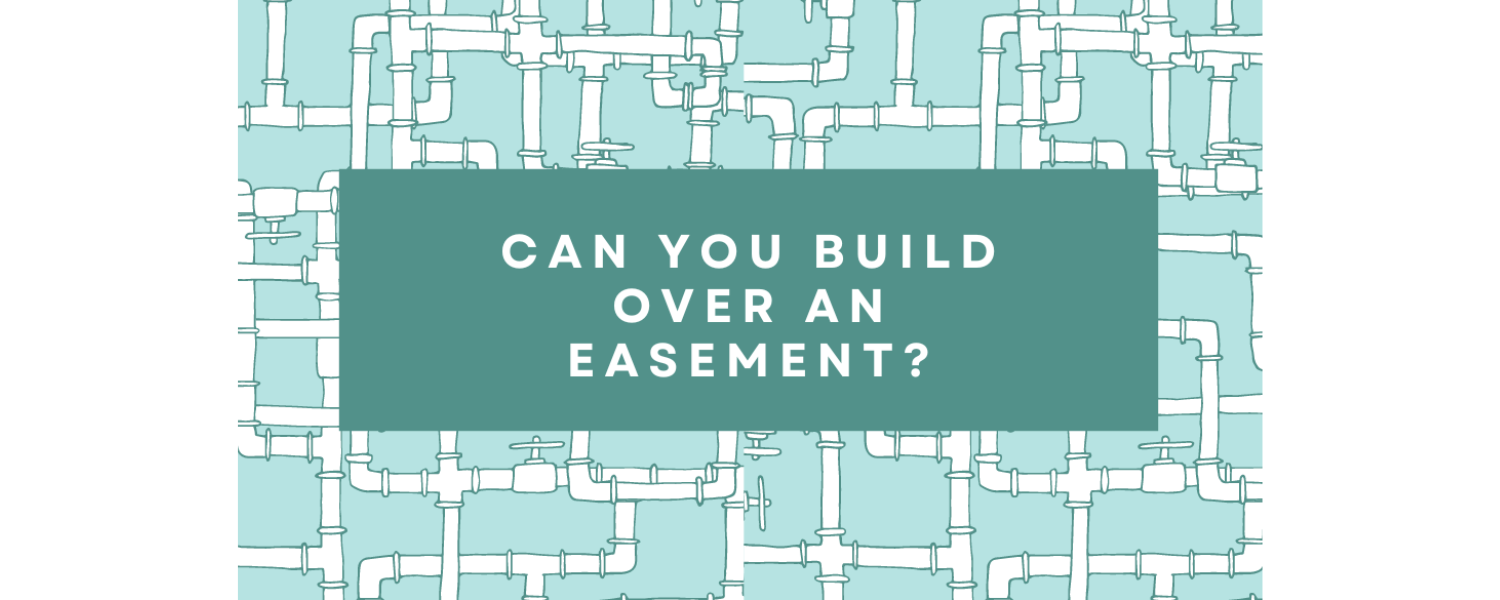



An easement is a defined right of way over all or a designated section of your site that gives third parties legal rights to access the land within the easement. Easements are created on sites for a variety of reasons and purposes but the most common modern use is by infrastructure providers to create rights of access to services such as electricity lines, gas lines and water and sewer mains. The establishment of an easement on a site within a residential subdivision provides infrastructure suppliers the legal right to access and dig up the assets to conduct repairs, upgrades or maintenance. An easement also serves as notice to the landowner or prospective purchaser that there are access rights on their land and, very often underground assets that need to be considered before building. The presence of an easement provides those suppliers the ability to withhold consent for the construction of any buildings or works within the easement that the provider concludes will impair the underground asset or restrict access to the asset. Easements can occur anywhere within a site. The infrastructure and the suppliers that control it are listed in the table below, depending where in metropolitan Melbourne you are located:
| Drinking water & Sewer | Yarra ValleyWater South East Water City West Water |
| Flooding and Stormwater | Melbourne Water Your local Council |
| Electricity | Ausnet Powercor United Energy Citipower Jemena |
If you are building within or over an easement that is in the favour of one of the above-mentioned authorities you are required to apply to them for approval prior to commencing construction. It is important to note that consent for a build over an easement is a separate approval to a planning permit application and approval of your planning application does not mean your build over easement application will be approved. The most common type of easement affecting suburban properties is an easement of sewer and drainage shown in the image below. In this example the easement runs parallel to both the rear and side boundaries.



Within metropolitan Melbourne the rules largely prohibit the construction of any permanent or habitable structures over a sewer and water mains or within a 600mm horizontal distance of a mains connection. Eaves are typically allowed to encroach an easement by a maximum of 600mm. The local council also discourage the construction of any permanent or habitable structures over a stormwater pipe. The below diagram is from Bayside City council and outlines what they will and will not permit over an easement protecting a stormwater pipe.

The construction of permanent structures over stormwater pipes is allowed by some metropolitan councils where the dimeter of the underground stormwater pipe is equal to or less than 375mm. The City of Monash will allow the construction of a garage over a stormwater pipe that is less than 375mm diameter. This does not mean that you do not need to apply to council for consent to build over the easement, nor does it mean that council will definitely support your application but it does define some of the parameters council rely on when assessing applications.
Why can’t you build permanent or habitable structures over an easement?
The infrastructure providers want to make sure they can get access to the underground assets for repair or upgrade and don’t want to be in a position where they have to demolish a home to get access. This includes access for excavators or other heavy duty equipment. The infrastructure providers will consider and allow lightweight structures such as car ports, fences and garden sheds within easements because these types of structures can be removed easily and quickly if required without major disruption to the landowner.
Can you plant trees in easements?
You do not need approval from the infrastructure providers to plant trees within the easement. However all the providers discourage the planting of large trees within easements because over time roots will disrupt underground pipes and lead to damage or restricted water flow. In an extreme example an infrastructure provider can remove or require you to remove trees within an easement.
Can you remove an easement from your site?
You can remove an easement if you have the agreement of the infrastructure provider that has benefit of the easement or if it is a historical easement that is superfluous. An example of these types of easements can be carriageway easements that were created along the rear of inner urban properties to allow for horse and cart deliveries and pickups in the 19 th century. Such easements are no longer used and landowners will typically fence off this section as part of their yard. The formal removal of these easements can be completed through a simple planning application and updated title plan being created by a registered land surveyor.